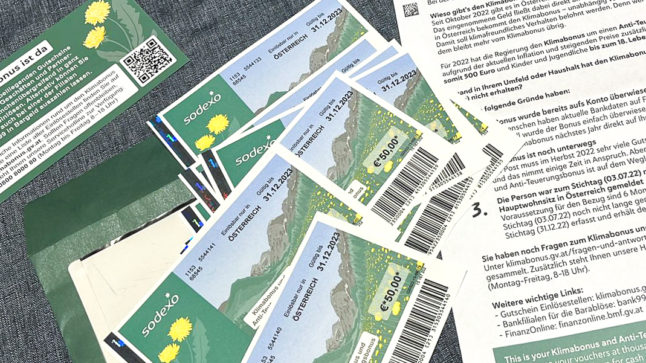On average, Austrian residents will spend about €360 a person this year on gifts this holiday season, according to numbers from the Austrian Trade Association.
That’s about nine percent less than last year, as households tighten their budgets. It’s also much less than what Americans spend at Christmastime, with the US National Retail Federation predicting that Americans will spend about €460 on gifts for their friends and loved ones in 2023 – about a full €100 more.
By contrast, Brits plan to increase their Christmas gift spending by about 40 percent over last year, with an expected outflow of about €700. Canadians aren’t far behind, with the Retail Council of Canada predicting an average outflow of about €650 per person.
Bottom line is, Austrians tend to spend a lot less on Christmas than people in English-speaking countries might be used to – and they intend to spend even less now. Half of Austrians say they plan to spend less.
Meanwhile, a third of Austrian consumers say they will spend the same amount and offset price increases through using more coupons and discounts – or keeping an eye out for sales. Only about 2.5 percent say they intend to spend more money on Christmas this year.
What do Austrians tend to buy?
The most common gift Austrians tend to give each other are gift certificates, with 41 percent of people in Austria buying these. Some 30 percent will buy toys, whereas around 27 percent of people give either sweet delicacies such as chocolates or cash.
Around 25 percent will buy clothes, cosmetics, or books.
Finally, about 17 percent of people will buy personalised items, like photo albums or engraved jewelry, for example.



 Please whitelist us to continue reading.
Please whitelist us to continue reading.
Member comments